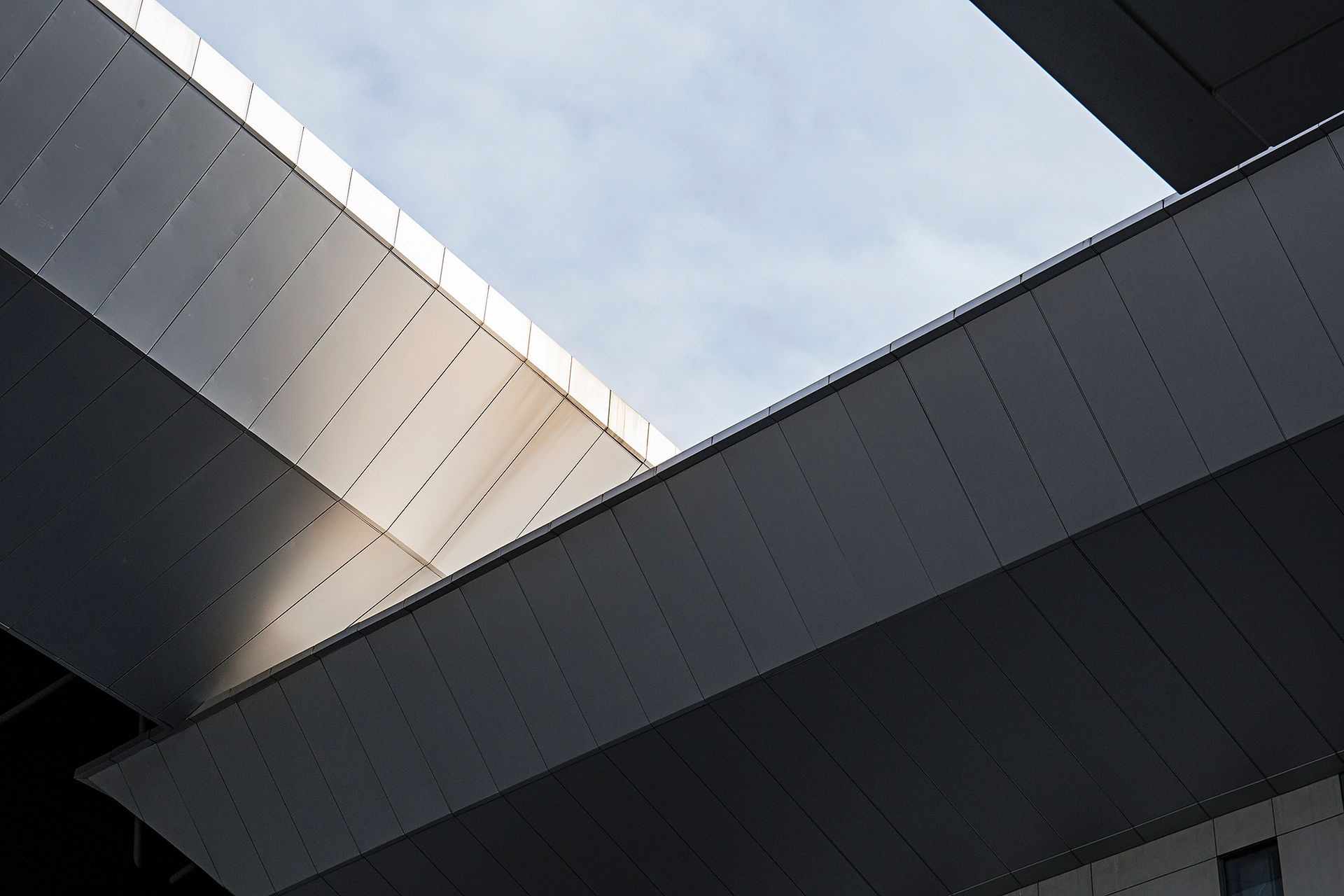Uncovering the Latest Sustainable Architectural Innovations for Modern Home Design
- uptideservicesltdn
- Jan 20
- 4 min read
In today's world, the connection between sustainability and modern architecture is more important than ever. With the growing impact of climate change, homeowners and architects are seeking creative solutions to build homes that are both beautiful and environmentally friendly. This post explores the latest trends in sustainable architectural design and shares practical insights on how to create modern homes that are stylish and eco-conscious.
The Rise of Green Building Materials
A key trend in sustainable architecture is the use of green building materials. These materials are sourced from renewable resources and aim to minimize environmental impact during their production and disposal. For example, bamboo flooring is not only durable but can grow up to 35 inches in a single day, making it a rapidly renewable resource. Recycled steel framing is another excellent option, using steel scrap that would otherwise end up in landfills. Additionally, low-VOC paints help improve indoor air quality by reducing harmful emissions.
By choosing sustainable materials, homeowners can lower their carbon footprint and invest in long-lasting products. Research shows that homes built with green materials can also increase property value by an average of 7%, showcasing their dual benefit of promoting sustainability and enhancing financial investment.

Energy Efficiency and Smart Technology
The integration of energy-efficient technologies is rapidly growing in modern home design. Features such as solar panels can reduce energy bills by up to 50% for homeowners who utilize them effectively. Energy-efficient windows with low-U values significantly minimize heat loss, keeping homes comfortable year-round.
Smart home technology plays a crucial role in managing energy consumption. Devices like smart thermostats can save homeowners about 10-12% on heating and cooling costs by adjusting temperatures based on occupancy. Automated lighting systems that use LED bulbs provide energy savings of around 75% compared to traditional incandescent bulbs.
Passive Solar Design
Passive solar design is an effective strategy that harnesses the power of the sun for heating and cooling, reducing the need for traditional HVAC systems. By positioning a home to capture sunlight, architects can ensure natural warmth during winter and cooler interiors in summer. For example, a south-facing orientation can elevate energy efficiency by up to 30%, reducing heating needs.
Additionally, including thermal mass materials like concrete or stone helps maintain stable indoor temperatures. This design principle not only cuts energy costs but also fosters healthier living spaces through increased natural light and ventilation.
Biophilic Design Principles
Biophilic design emphasizes the connection between people and nature within home environments, enhancing overall well-being. This approach incorporates features such as indoor gardens, which can reduce indoor pollutants by up to 20%, and large windows that invite natural light and views of the outdoors.
Water features, like small ponds or indoor fountains, have also been found to help lower stress levels, promoting tranquility. With these elements, biophilic design creates a harmonious living space that significantly improves the quality of life for residents.

Water Conservation Techniques
As water scarcity becomes an increasing concern in many areas, sustainable architecture incorporates smart water management practices. Techniques like rainwater harvesting can collect thousands of gallons per year, providing cost-effective irrigation for gardens. Greywater recycling systems allow homeowners to reuse water from sinks and showers, reducing overall consumption by more than 50%.
Permeable paving is another innovative approach that minimizes runoff, allowing water to naturally filter into the ground instead of overwhelming sewage systems. Together, these strategies promote sustainable practices and help maintain healthy landscapes without straining local water supplies.
The Role of Community-Oriented Design
Sustainable architecture extends beyond individual homes to encompass whole communities. A growing trend is the creation of neighborhoods that prioritize sustainability with mixed-use developments and walkable spaces. For example, such designs facilitate daily commutes without cars, helping reduce traffic congestion by about 40% in urban areas.
Communal gardens and green spaces foster connections among residents, encouraging them to engage with their environment and each other. By integrating public transport access and bike paths, these community-oriented designs promote eco-friendly lifestyles while strengthening social bonds.
The Future of Sustainable Architecture
As technology advances, the future of architectural design will continue to evolve. Innovations like 3D printing and modular construction offer new possibilities for sustainable building practices, allowing for customized designs without waste. Emerging materials that capture carbon dioxide hold the potential to revolutionize how we construct homes and reduce emissions.
Architects are focusing more on regenerative design, which aims for buildings to generate more energy and resources than they consume over their lifetime. This forward-thinking approach will not only reshape the architectural landscape but also set new benchmarks for sustainability in the industry.
Embracing Sustainable Innovations
Sustainable architectural innovations are redefining modern home design, giving homeowners the chance to create stylish yet eco-friendly living spaces. By embracing green materials, energy-efficient technologies, and biophilic principles, individuals can support a healthier planet while enjoying inspiring and functional homes.
The trends discussed here represent just a snapshot of the vast potential within sustainable architecture. As more people prioritize eco-conscious design choices, the architectural landscape will continue to improve, ensuring a better environment for future generations. Adopting these innovations enables us to build homes that satisfy present needs while safeguarding the earth for those to come.




Comentários